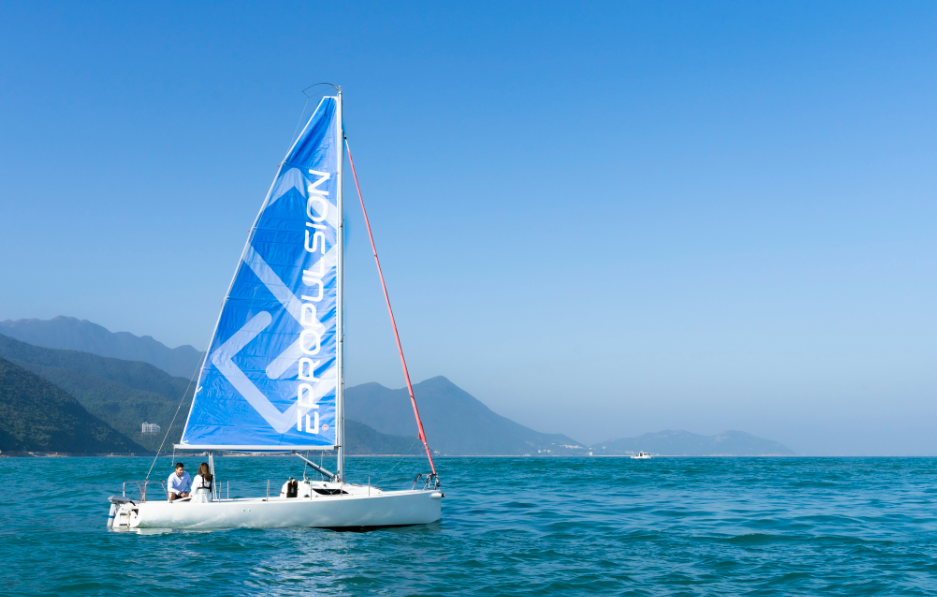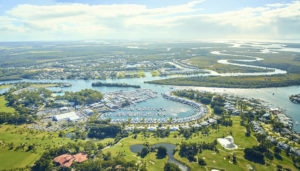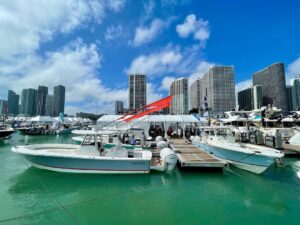In Focus: ePropulsion looking to expand battery and commercial markets, says CEO
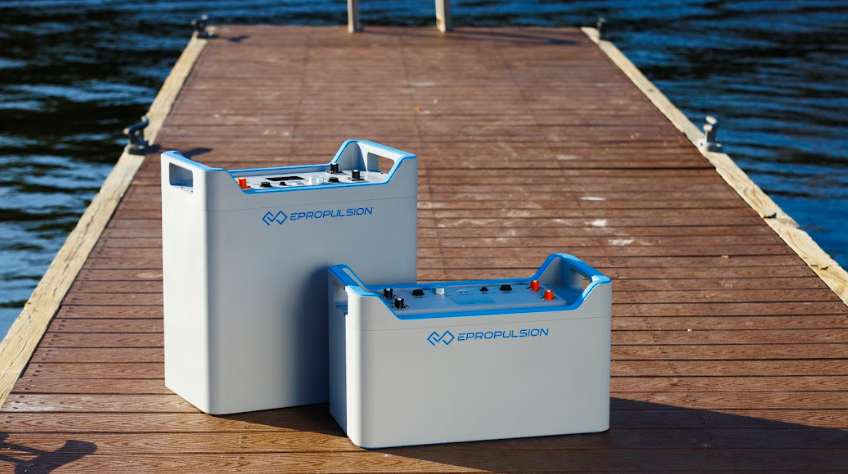
Earlier this month, MIN reported that ePropulsion had launched its own series of batteries. It was a quick development phase for the company. As Danny Tao (ePropulsion’s CEO) explains, after taking the design and production of battery products fully in-house since last year, the company has already launched a new range of E-Series batteries (48V) and the G102-100 battery (96V).
“Customers are looking for an integrated electrification solution. With ePropulsion batteries options provided, they are able to put less effort into choosing the appropriate batteries,” says Tao. “By providing our own battery line, we can ensure the batteries meet our safety standards for use with our electric outboard motors; our own battery line is fully compatible with our motors. Our outboards and batteries are built on the same voltage architecture.
“We have received positive feedback from our users about our own battery line and our decision to create it is verified to be correct by the market.”
Tao is looking forward to the marine battery market continuing to grow as more people switch to electric boats. He believes the market will benefit from rising global trade operations, and the rise of hybrid and electric marine vessels. Another driver will be the increased investment in R&D by major players and OEMs to manufacture superior energy storage systems, to meet future operational requirements.
“Europe is projected to hold the highest market share due to the presence of several large marine battery manufacturers in the region,” says Tao.” The presence of major shipyards and inland and sea-faring vessel operators, which are adopting hybrid and fully-electric propulsion systems to lower operational costs (and reduce environmental degradation), also helps.
“North America will witness remarkable growth in the market.” Tao cites drivers as increasing adoption of electric propulsion in the region, rising battery-powered marine vessels for commercial and government use, and high demand in leisure boats and recreational markets.
He believes batteries are the next big trend for the maritime sector which is why ePropulsion is putting its focus on battery technology advancement (alongside its electric propulsion systems), and the commercial market.

“As boaters actively transfer to using electric propulsion outboards to retrofit their boats, boat builders have already quickly followed this trend and started to design and produce new electric boats. The commercial market is the new direction we are exploring and is becoming more and more important,” says Tao (pictured left).
The expansion of the company’s OEM offerings – electric inboards, H-Series (60-250 kW) and I-Series (available in 10kW, 20kW, and 40 kW)- showcases its systems to meet the growing demands of the commercial market.
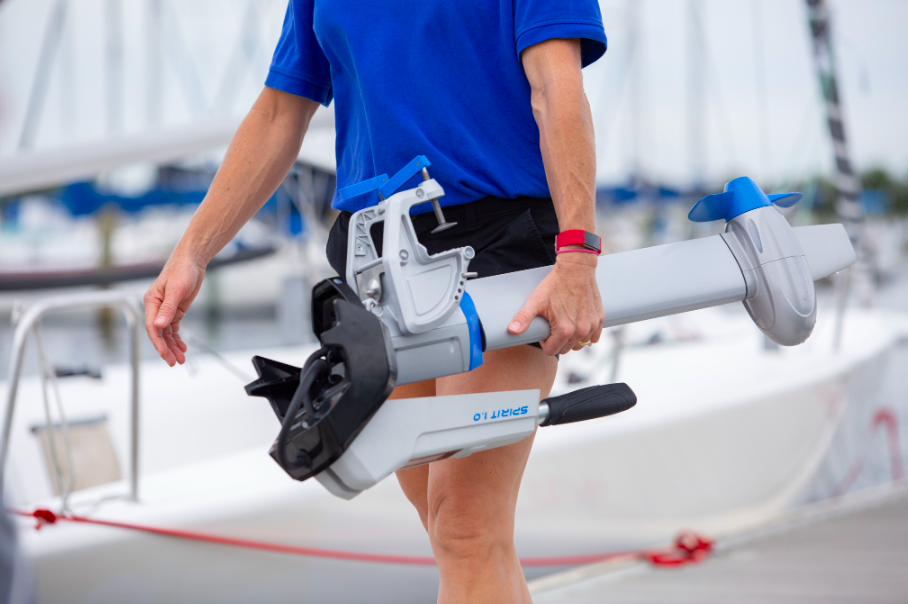
That said, consumers in the recreational market are after the same principles as commercial customers (but maybe with less power). They’re looking for safe, reliable, and lightweight products that have a high capacity, long lifespan, and a short charging time.
Tao says his customers “expect batteries to help facilitate the utilisation of other new energy. They look for batteries with intelligent functions such as real time monitoring systems.”
Underpinning this, ePropulsion says its innovative hydrogeneration functions enable electric boats to charge their own batteries while sailing; and the newly launched Connectivity Service enables consumers to have remote access to battery status and data.
But batteries don’t come without their own baggage. As reported in MIN, some insurers would not provide cover to boaters who retro-fitted lithium-ion batteries to their boats.
Tao isn’t overly concerned. He says “ePropulsion batteries are LiFePO4 batteries, the safest type of lithium battery because they are not prone to overheating and even if they’re punctured, they won’t catch on fire.” According to Tao, LiFePO4 batteries have superior thermal and chemical stability compared to lead-acid or other lithium-ion batteries, they also do not suffer from ‘thermal runaway’ like some lithium-ion cells.
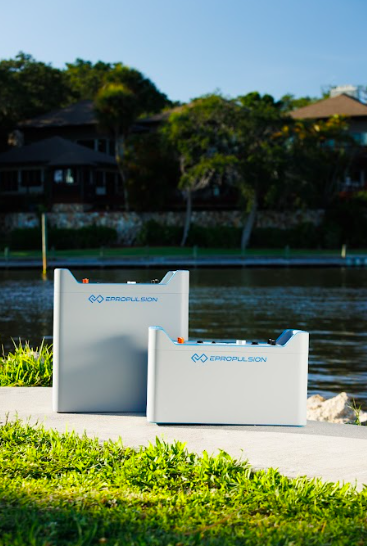
“Because of this, LiFePO4 battery packs have a reputation for being extremely stable and inherently safe. Lithium-iron phosphate is also tolerant to extremes of temperature, it is insoluble in water and is incombustible. Even if subjected to dangerous handling, such as collision or short-circuiting, LiFePO4 batteries won’t rupture, explode or catch fire.” Tao says this is in part due to the built-in, self-developed Battery Management System (BMS). The battery status is monitored and protected against things such as, overcharging, over-discharging, over-current, over-temperature, etc.
As well as the US and Europe historically being ePropulsion’s top markets, Tao is looking keenly at the potential for growth in southeast Asia. With increasing environmental awareness, the popularity of sea tourism and recreational boating promoted by the governments, demand for electric motors and batteries is expected to increase in the coming years.
That said, the UK market has been making great contributions to the company’s sales growth. Since the acquisition of its UK distribution network, the ePropulsion UK team has taken on the role as group OEM division.
“The UK office not only helps us get closer to local end consumers, but also enables us to expand our OEM capacity. With technical support from the local team, we have been rolling out several commercial projects globally,” explains Tao. “Currently, collaboration with the UK office works well to carry on our OEM projects. In the future, we will consider replicating this practice when necessary to meet the demand of the local market.”
ePropulsion has much more than batteries and collaborations with boat builders (such as Highfield, Crest, and Freedom Electric Marine) in its mind. Although it’s been working on key projects to demonstrate the possibility of electrification in retrofitting and new boat manufacturing, Tao says smart boating and connectivity services will be a primary focus in the upcoming years.
“To propel the boating experience to become easier, we will devote more R&D and engineering to applications of the Internet of Boats (IoB), Advanced Driver Assistance Systems, Fleet Management Systems, Autonomous Docking, and more,” he says.
